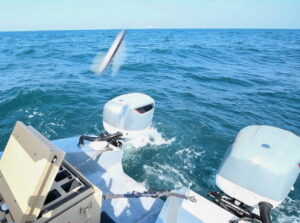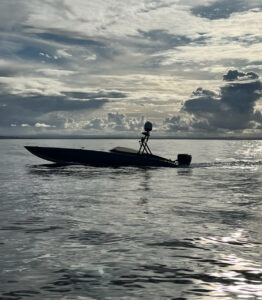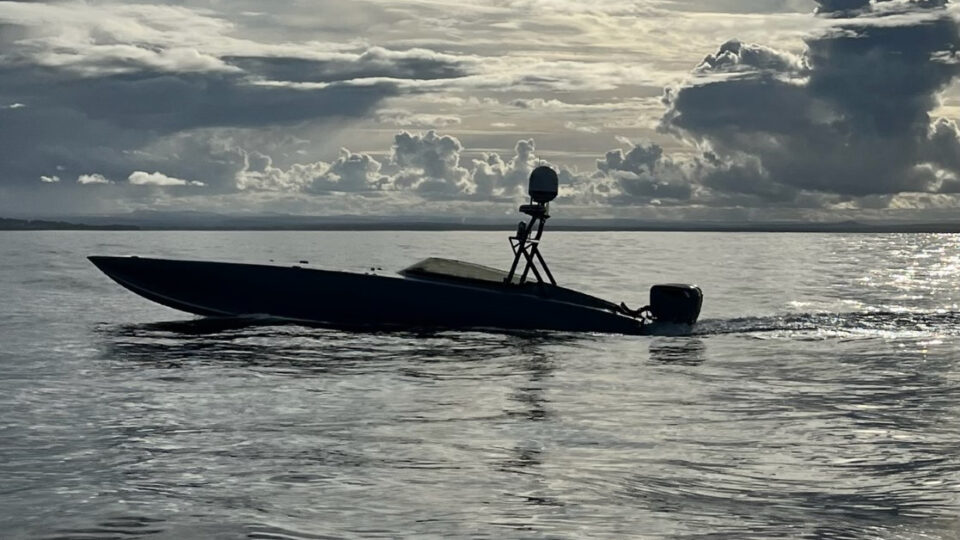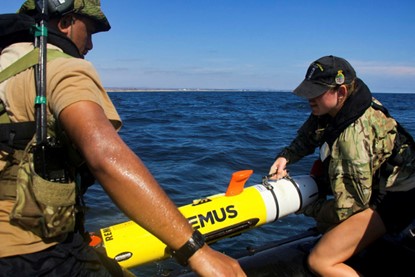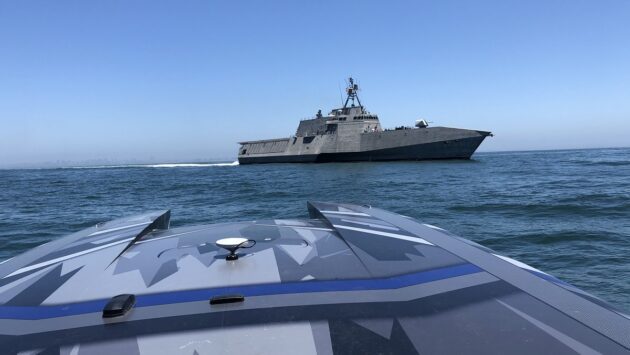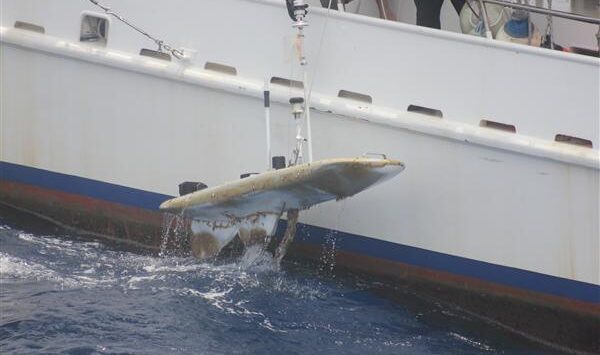Looking Ahead: The Role of Autonomous Systems in Pacific Defence
The MARTAC T-38 USV aids in closing the gap during Naval missions.
This article content outlines the advancement of autonomous systems and how they can provide significant enhancements for current operating forces for Defence. As the autonomous systems are advancing, the Navy is at an inflection point, with several gap closing technologies are readily available for deployment.
Commodore Darron Kavanagh, Director General Warfare Innovation, Royal Australian Navy Headquarters noted “we have shown through various autonomous warrior exercises, that we can already make important contributions to mission threads which combat commanders need to build out now and even more so going forward.” Combatant commanders can now conduct mission rehearsals with their forces and can identify the gaps that need to be closed.
Previously, the ‘gaps’ were enlightened through the planning and rehearsals of Naval missions. By changing the approach and technology, it allows a better process to effectively write and plan missions. The driving requirements are outlined by the people in the field and executing the mission. One way of closing these gaps has been to understand the latest technology. Retired LtGen Rudder, the former MARFORPAC commander said “Current Navy testing has demonstrated USV speed excess of 100 knots. This lethal combination of speed and weapons portends the ability to out manoeuvre surface fleets.”
The MARTAC T38 and the AEROVironment Switchblade series have proven that speed and lethality for surface vessels cannot be stopped by the most sophisticated fleet of combatants. LtGen Rudder outlined “We should not accept slow moving unmanned systems when technology exists to manoeuvre beyond the human capability. With a few simple AI Algorithms, they could be directed to [swarm] enemy combatants 1,000 miles away. Autonomously communicating with each other while closing from multiple directions at 100 knots.”
The unique design of the MARTAC T38 USV has demonstrated that the Naval warfare would change overnight by these capabilities. “Closing the gaps” needs to become an acquisition capability rather than a long-range goal. These technologies are viewed through traditional acquisition processes which require long developments to form a platform which the system can be procured with a long-life use expectancy. As Kavanagh explains “We need to deliver lethality at the speed of relevance… [and] to be answering the operational requests to fill the gap in capability, even if it is a 30% solution compared to no solution to offer from the traditional acquisition process.”
Read More:
Looking Ahead: The Role of Autonomous Systems in Pacific Defense
US Navy’s Martac T38 Devil Ray USV conducts live fire exercises
